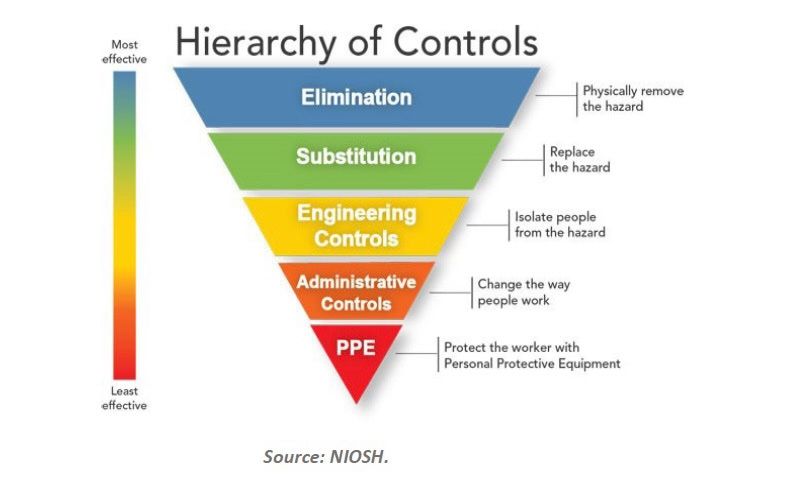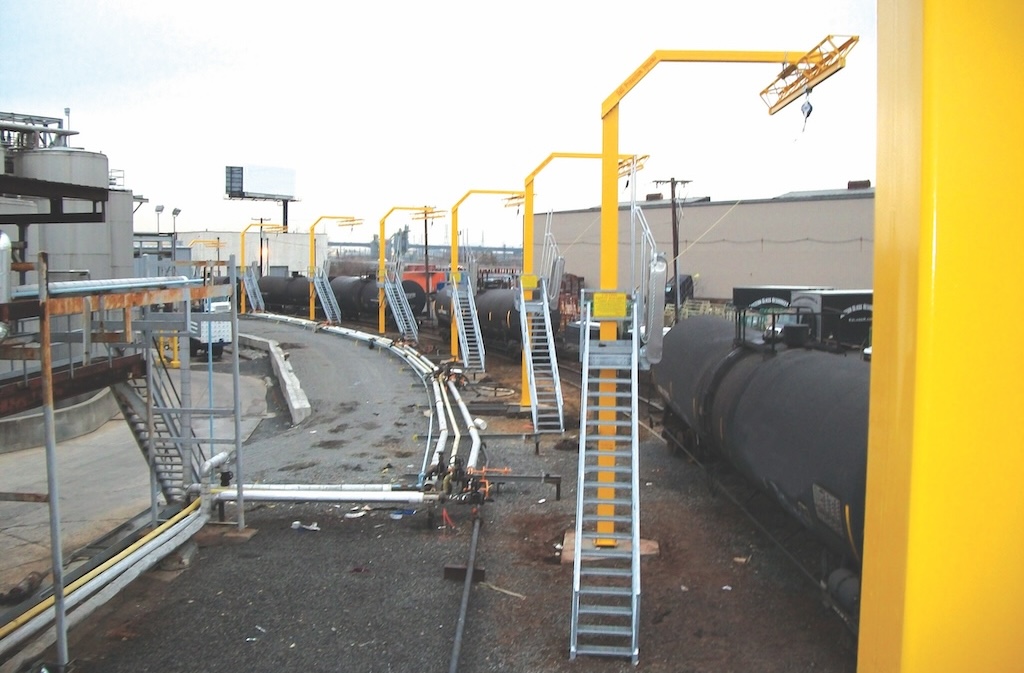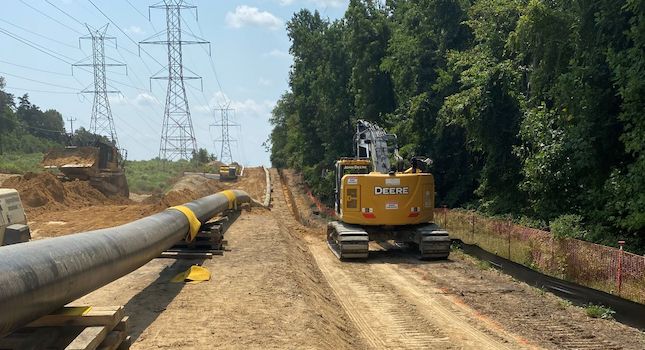Good problem solvers are among the most highly sought after individuals in existence today. In most cases companies and organizations have already identified their skilled problem solvers and consider these individuals to be among their most valuable assets. Their expertise is recognized and their time is allocated for solving the most important outstanding problems.
Good problem solvers are among the most highly sought after individuals in existence today. In most cases companies and organizations have already identified their skilled problem solvers and consider these individuals to be among their most valuable assets. Their expertise is recognized and their time is allocated for solving the most important outstanding problems. With this being the case, the question becomes why do so many problems still exist?
The answer becomes readily apparent when we realize that the science of problem solving often takes a back seat to the other more pressing day-to-day issues we face during everyday operations. These perceived time constraints rare their ugly heads under many different guises and are the main reason why true problem solving does not receive the effort or the support it so rightfully deserves. The prevalent paradigm being — “we don’t have time to analyze a problem, just fix it.” I contend that if we indeed have time to fix a problem over and over again, and for the same apparent reason, then we have the time to analyze why the problem is occurring and take the proper measures to eliminate or significantly mitigate the consequences of that problem.
Short cut techniques
As managers, it is incumbent upon us to finally admit that we want the answers to our outstanding problems right now! We want the problem to go away immediately so we can deal with the more pressing issues of our everyday responsibilities. As managers we must also realize what we are telling our subordinates when we have a “fix-it-now-analyze-later” attitude. The obvious conclusion derived from our actions is that there is no time for problem solving in any form. In short, problem solving is just not allowed. This attitude permeates throughout the organization and promotes shortcut problem solving techniques like part(s) replacement. The technician feels that he or she must get the equipment or process back up as soon as possible, taking any and all shortcuts available.
The best way for the technician to accomplish this is to start changing parts (based upon past experience/success with correcting the problem) until the equipment or process starts producing again. This is certainly not the message we should be promoting and is definitely not the way we should be using our highly skilled technicians. Not only is it counterproductive to our staff, but to our operations and the resulting bottomline as well.
Disconnected techniques
Due to a lack of understanding in the use of analytical skills, most people resort to disconnected problem solving techniques to analyze their problems in lieu of a structured logical approach. This stems from the fact that we do not give analysts the tools necessary to do their jobs. Simply put, many of today’s analysts lack the proper mentoring and training necessary to accomplish the desired result — the elimination of problems. Without tools these analysts revert to their inherent God-given analytical techniques (i.e., inference, perceptions, assumptions, intuition, and reports by others).
Inference
Inferences are decisions individuals make based on their own personal logic system. For example, in excess of 90% of all bearing failures have some sort of fatigue mechanism associated with the failure. Therefore, the tendency is to associate all bearing failures with some form of thermal or mechanical fatigue. The problem with this is that if the bearing keeps failing over and over again, the analyst may be looking for a cause that does not exist by searching for fatigue based on their inference, thus overlooking the other possibilities that could be associated with the failure — overload, corrosion, or erosion.
Perceptions
Perceptions are what our five senses tell us. The problem with perceptions is that they often will fool us into drawing a conclusion that is not factual. For example, if you think you see a fire, your perceptions trick you into smelling smoke. It is important to understand that we don’t always see what we thought we saw, or hear what we thought we heard. Dealing strictly with facts will eliminate the misinterpretations of perceptions.
Assumptions
Assumptions hinder the problem solver because they tend to apply a rule or regulation to the problem that does not exist. For example, when we apply the correct torque to a piping flange set, the assumption is that the clamping force of the bolt will ensure a good seal between the flange faces and the gasket material during normal operations. What is missed here is the fact that it is not the amount of torque you put on the bolt, but the amount of tension that is put in the bolt that determines its clamping force. The assumption completely overlooks the condition of the fastener’s threads at the time of assembly (preload) and the fact that once the system is heated up some of the fasteners will have increased tension in the flange set while others will have reduced thread stretch due to thermal growth during startup and operations (final load). When analyzing the example, look at all the assumptions that are made. The flange faces are perfectly square and aligned and will remain so throughout operations. The mechanical fastener threads are in good shape and will act as perfect springs during assembly. There is a perfect torque/tension relationship in each fastener set. The operational conditions of the system will not affect the tension of the bolts in the flange assembly.
Intuition
Intuition is defined as our “gut feel.” Studies have shown that our intuition does indeed serve us well as we are intuitively correct approximately 70% of the time. The problem here is that we are wrong approximately 30% of the time, and our problems continue. This should be a signal that our intuition is steering us in the wrong direction. However, without the proper training in the use of analytical skills, the analyst continues to rely on his/her own internal logic system — intuition — as the tool to be most likely used when analyzing recurring problems.
Reports by others
We all know individuals in whom we place a large amount of confidence or credibility. We rely on these people to give their honest opinions and recommendations when asked about difficult problems. It is common practice for us to seek out their advice and then act upon their recommendations based on past successful experiences. There is nothing wrong with doing so as long as we remember that what they tell us often employs the same analytical tools that have just been discussed (i.e., inferences, perceptions, assumptions and intuition). In short, they also could be wrong.
So how do we keep disconnected problem solving techniques from driving our analysis efforts? The solution lies in dealing strictly with factual information instead of any other analytical tool.
Fact-based analysis
Fact-based analysis — the elimination of “what if” scenarios. Start with fact, end with fact, and what you have is fact, not supposition. The process sounds simple enough but is seldom used. The key is to analyze using short deductive steps in logic and then verifying at every step during the logic development process. By taking these short deductive logic steps, all of the logic holes are covered. Also, by verifying at every step, the validity of the analysis is self-evident. There is a great amount of confidence in the analysis when all the possibilities have been explored and when the validity of all hypothesis verifications is proven sound.
Probably the most interesting and enlightening analysis you could ever perform is to analyze why failure analysis fails. By its pure definition, it is impossible for failure analysis to fail — so why does it? The answers (root causes) often lie with the problem solvers themselves, as well as their management support groups.
Problem solvers
Quite often the problem with problem solving is the problem solvers themselves. Without the proper training analysts tend to solve failures by going straight from their event to a cause using one of the disconnected problem solving techniques previously discussed. This is the way individuals think — in a straight line. What they fail to realize is that problems seldom occur in a straight line pattern or for a singular reason. What is missed by not using short deductive steps in logic is the analysis portion of problem solving.
Order and pattern
There is order and pattern to everything in the universe. Likewise, there is order and pattern to failure. The key is how to uncover the order and pattern of the failure. First, one must realize that the failure is actually being looked at in reverse. The root causes are actually the point at which failure began and the event is merely the result of the root causes, or how the failure manifested itself. Second, there is a direct cause and effect relationship that can be associated with the order and pattern of the failure when analyzing. Finally, the cause(s) always go below the effect in any fault tree type of analysis.
For example, does misalignment cause high vibration or does high vibration cause misalignment? The answer to both questions is yes. So how does one know which is the cause and which is the effect? Here it is good to understand that there are various determinable results from any input.
Using our misalignment example, when analyzing we must also consider that the equipment was either initially misaligned or the equipment was aligned correctly and became misaligned. When we understand this simple principle, it becomes easy to determine if high vibration caused misalignment (became misaligned) or misalignment caused high vibration (initially misaligned).
Data
Problem solvers do not always understand the importance of data to analysis efforts and are therefore poor at the identification, collection, and use of failure data. Data is definitely the key to successful analysis. With every piece of data obtained analysts should be asking themselves questions relative to what the evidence is providing. For example, if you clean up 4 qt of oil after a failure on a piece of equipment that should have contained 6 qt of oil, the obvious question is “where are the other 2 qt?” This type of deduction literally is building the logic tree for the analyst. Here the key is to understand that the evidence provides the answers. Let the data push the analysis to a successful conclusion. What the evidence tells you is fact, and what we are interested in uncovering are the facts of the failure.
Summary
The tendency is to conduct problem solving only on large sporadic types of incidents or when absolutely required (e.g. OSHA safety investigations, environmental HAZOP analysis etc). This is mainly due to the perception that problem solving is expensive and time consuming. What is not realized is that tremendous opportunity exists if problem solving is done correctly and given the proper support.
Author Information
Mr. Hughes, a mechanical engineer, is a member of the American Society of Mechanical Engineers (ASME) and the American Society of Training and Development (ASTD). He is currently a Senior Training and Reliability Consultant with Reliability Center, Inc. (an engineering and consulting firm).



